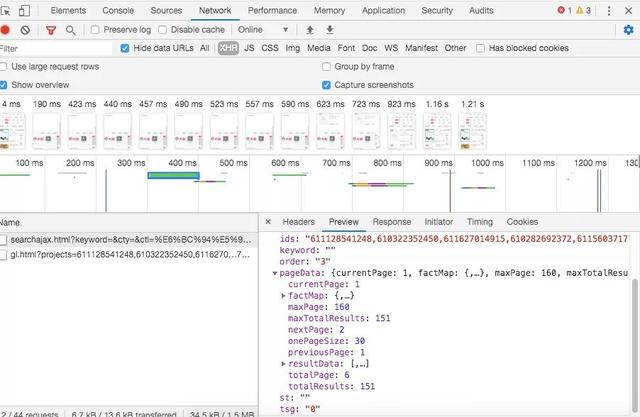

RSA Keys (PEM, DER, PKCS1, PKCS8 and OpenSSH).PGP Encryption (Key Generation - RSA) with Node.js.RSA key generation using Python and with Hazmat. Overall, we have a private key which has the values of \(d, p, q, dQ, qP, invQ\), and a public key with (\(N, e\)). For a message (\(M\) we create a cipher of \(C=M^e \pmod N\) and can then decipher with \(M=C^d \pmod N\). From this we select the public exponent (\(e\) and then derivate the private exponent (\(d\)). With RSA, intially we start with two random prime numbers (\(p\) and \(q\) and then generate the modulus \(N=p.q\). With our RSA key, there are a number of formats that can be used for the keys. We can also sign data with the private key, and prove the signature with the public key. The public key can be used to encrypt data, and the private key to decrypt it. With RSA, we generate a private key and a public key. RSA Keys (d, p, q, dQ, qP, invQ, e, N).

Typically the private key is stored with \(p\), \(q\), \(dP\), \(dQ\), and \(qInv\), in order that we can use CRT and Euler's Theorem to decrypt a ciphered message. We then compute the cipher as \(C=M^e \pmod \pmod p\). Normally, in RSA, we select two prime numbers of equal length (\(p\) and \(q\)), and then multiply these to give a modulus (\(N=p.q\)). CTF Generator: Low exponent in RSA (for public exponent).This provides values for \(e\) and \(N\), and gives the cipher, and you must crack it by finding \(d\). In this example, an RSA cipher has used the same message and with three different moduli, and produce a solution. CTF Solver: Cracking RSA with Chinese Remainder Theory - Håstad’s Broadcast Attack.In this example, an RSA cipher has used the same message and with three different moduli. CTF Generator: Cracking RSA with Chinese Remainder Theory - Håstad’s Broadcast Attack.


 0 kommentar(er)
0 kommentar(er)
